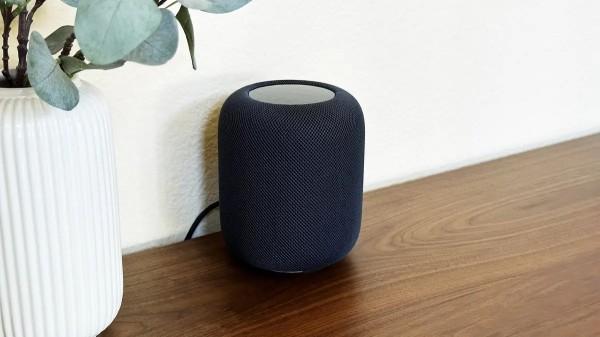Thanks to audio beamforming, speakers and microphones can overcome a variety of problems, such as unwanted noise or poor room acoustics. But beamforming is more than just an audio-enhancement trick, and it will completely revolutionize how we think of sound (if it is done properly).
Modern microphones, especially those that are integrated in smartphones, headphones, or smart speakers, use acoustic beamforming to remove background noise from your voice. The process here is pretty simple—one microphone listens to your voice, while an additional mic (or array of mics) focuses on background noise. The background noise data is subtracted from your voice in real-time, automatically boosting voice clarity.
But the most advanced beamforming systems are like magic. “Invisible headphones” is the classic example—you can use audio beamforming to send a “bubble” of sound to a specific part of the room. Anyone outside of this bubble won’t hear the sound. When combined with face-tracking cameras, this system can create a “moving bubble” that follows the listener.
So, it is a bit like active noise cancellation, but more sophisticated, as beamforming operates in a more 3D dimension. It certainly has a lot of potential for better clarity, less disturbance, etc.
See https://www.reviewgeek.com/146687/what-is-audio-beamforming/

